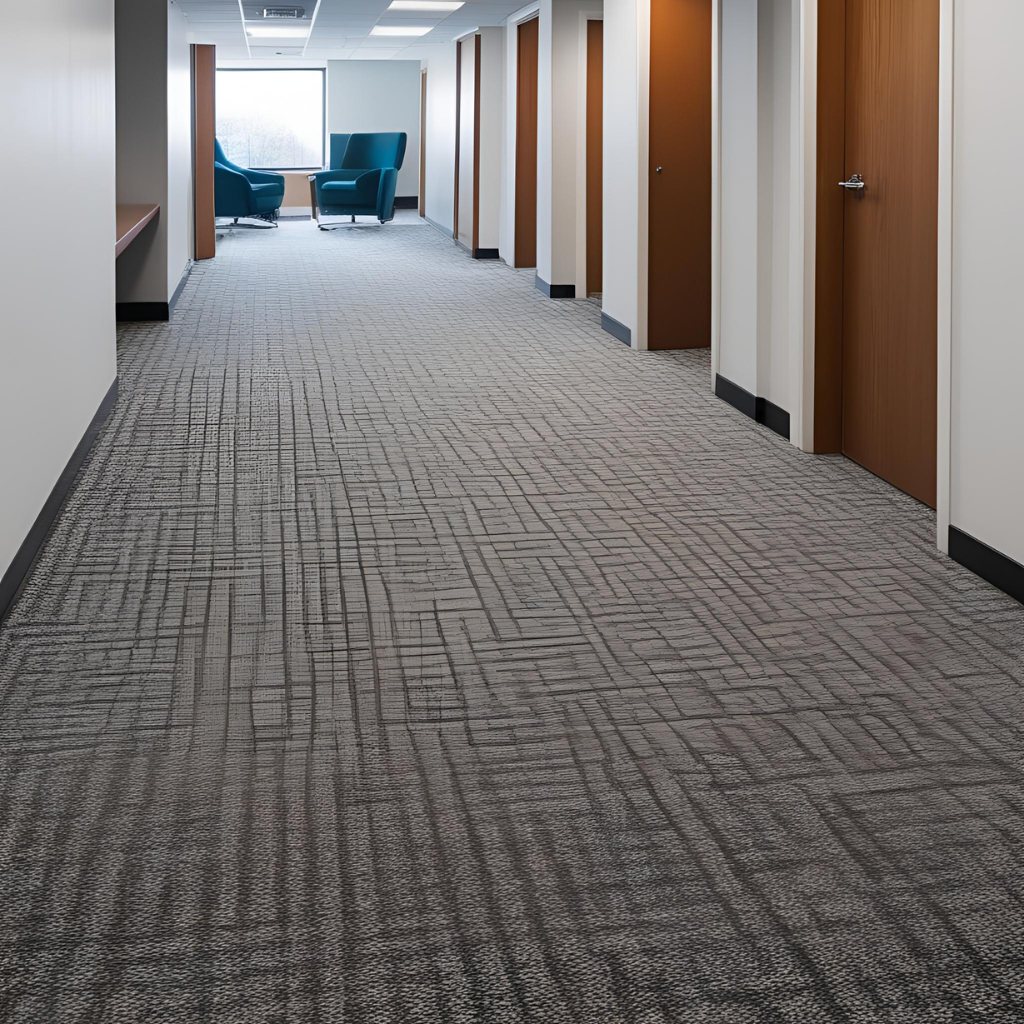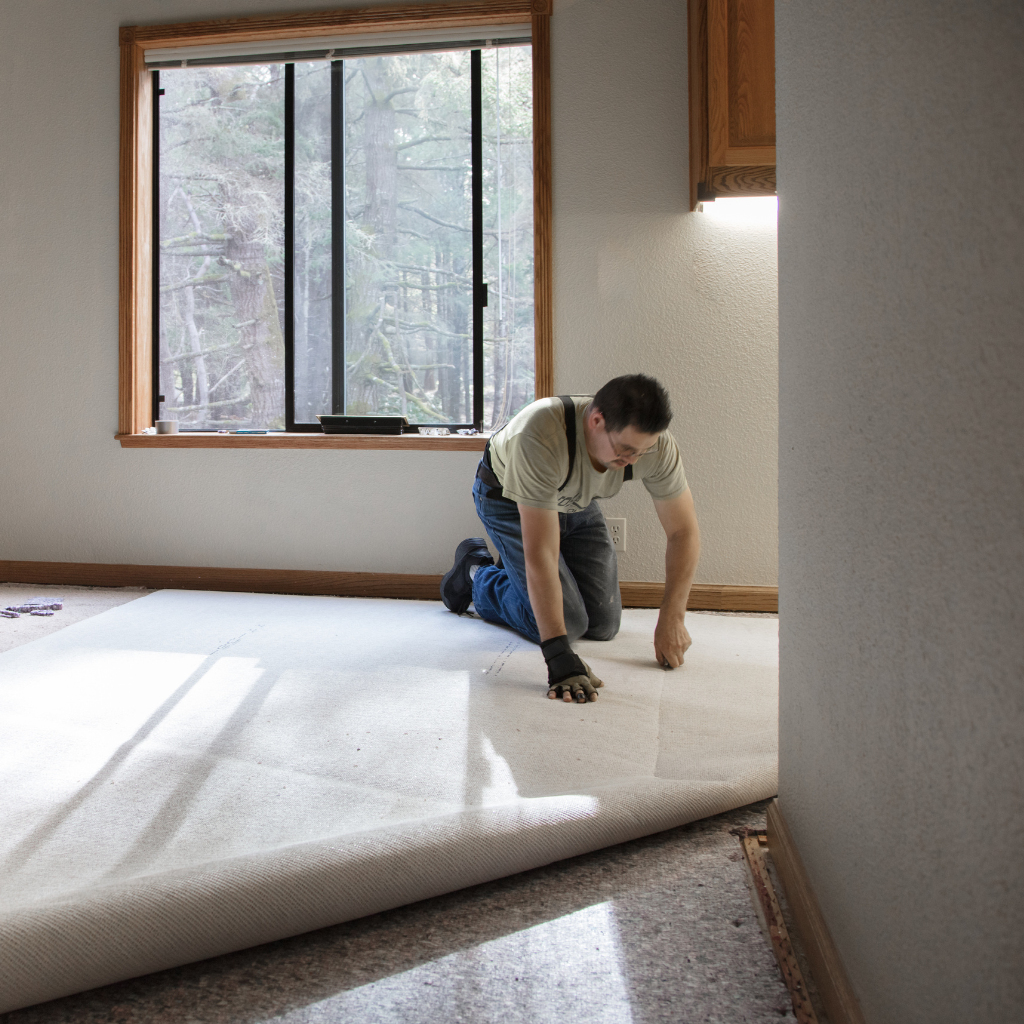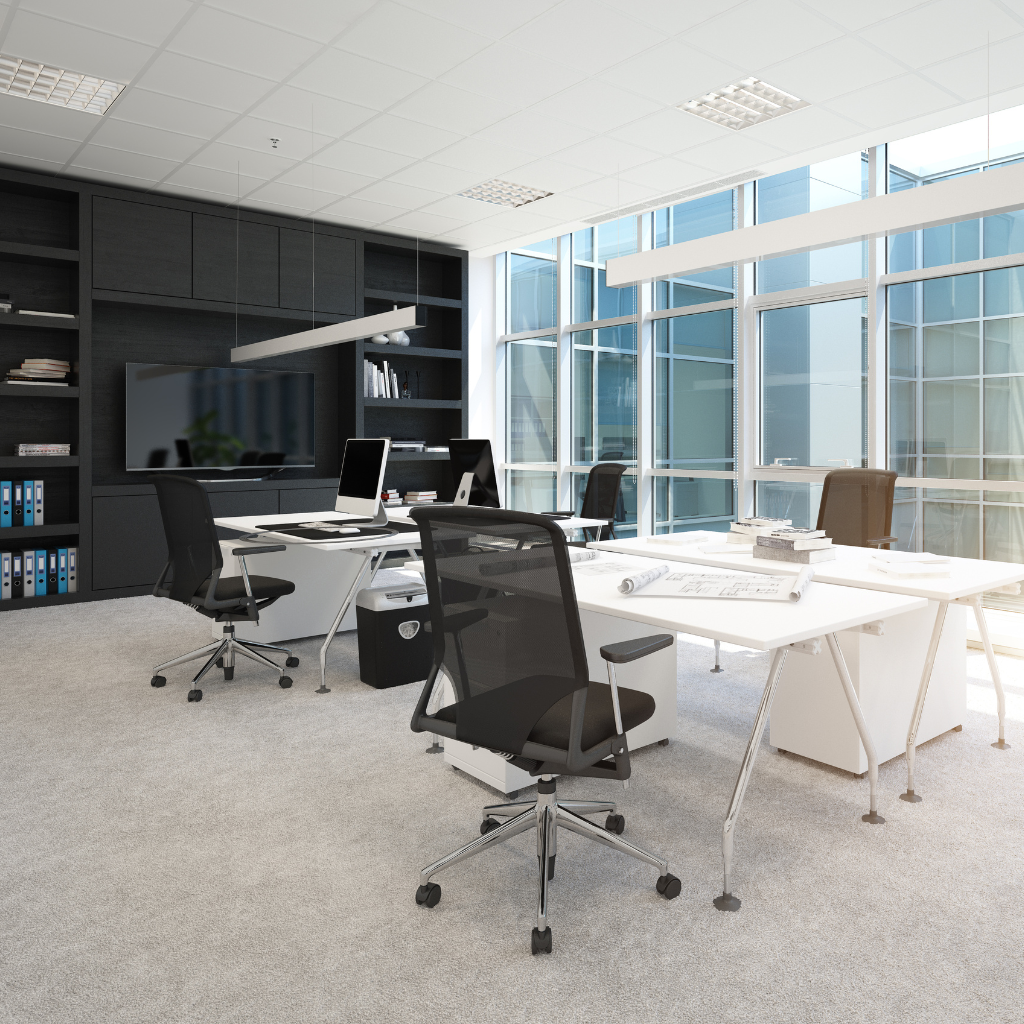Commercial carpet installation can change the look and feel of any workspace. Good planning and correct techniques keep floors looking fresh and welcoming. Skilled installers use methods that ensure lasting results. This blog explains the basic steps, from pre-installation checks to trimming and finishing, so you can gain confidence about every phase.
Making good choices about commercial carpet goes beyond style. You want durability, comfort, and a fit that handles daily foot traffic. Before picking any product, consider how it might impact noise levels and cleaning routines. A wide range of commercial options allows you to meet brand guidelines without sacrificing practicality and value.
Different business settings call for different carpet solutions. Some prefer broadloom, which can cover large areas with fewer seams. Others favour carpet tiles for simpler maintenance. Modular sections help replace damaged spots fast. Each type can handle distinct volume levels, but you should explore backing materials too. Certain backings offer added cushioning and moisture resistance. The selection might also hinge on environmental priorities, since some carpets use recycled fibres or low-emission adhesives.
When picking from a wide range of commercial carpet types, look at texture and density. Loop pile can endure heavy traffic, while cut pile offers a softer feel. Patterns can mask dirt, making them popular in places like hallways. Make sure each style suits your site’s demands. Some offices want muted tones that enhance furniture, while retail spots may need bold looks for brand identity. This broad range of commercial carpets can serve any design. Matching colour schemes with furniture helps create a neat, unified space that boosts morale and keeps clients comfortable.

Business traffic patterns drive the choice of commercial flooring. Entryways with heavy footfall often need harsh surfaces like solution-dyed carpets, which withstand stains and everyday wear. In quieter spaces, you might use plush materials that encourage comfort. Budget also matters. Quality carpets may require a larger initial investment, but can save money in the long run.
Brand image can guide your colour decisions. Calmer palettes project a professional feel, while vibrant hues show creativity. If durability is top priority, consider the style’s wear rating. Checking manufacturer details helps confirm whether specific designs can handle frequent rolling chairs and daily cleaning routines. Evaluate your site carefully. That thoughtful approach prevents costly replacements later and keeps the overall appearance consistent.
Pre-installation checks keep mistakes from happening. Conditions like moisture or uneven floors can cause carpet damage or wrinkles. Understanding these risks ensures smooth progress before the fitter arrives. Commercial carpet installation works best when every step is planned, from subfloor checks to environmental control. This minimises surprises and protects your new floor investment.
Moisture testing is critical. If dampness seeps up, adhesives and backing start to fail. Professionals often use probes or calibrated meters to check subfloor levels. Most carpet manufacturers set clear moisture limits. Reading those guidelines reduces future repair costs. Another check involves temperature. Heating or cooling the space to proper requirements lets materials adapt.
| Carpet Type | Max Moisture (%) |
|---|---|
| Broadloom | 3.0 |
| Carpet Tiles | 5.0 |
Mechanical systems must run for at least a few days before installation. Subfloor cracks or bumps can create lumps. Smooth them out or patch them. Also, ensure the area is clean and free of debris. This preparation phase bolsters the final result. Thorough checks make carpet installation in commercial projects flow smoothly.
Some wonder how long it takes to install commercial carpet. It varies with project size, subfloor condition, and design complexity. Large open areas can move swiftly, but rooms with many nooks need extra time. If your business can’t afford downtime, plan work in stages. That way, operations can stay active.
If the floor must be levelled or dried first, more days become necessary. Always talk to your installer for exact schedules. They factor in materials, crew availability, and site readiness. Careful scheduling helps reduce stress, letting you keep daily tasks running. Consistent communication and clear deadlines keep surprises at bay and protect your budget.
Commercial flooring demands a unique focus on durability, safety, and style. Installers analyse each space before unrolling any materials. They evaluate heavy traffic routes and plan seam placement to limit wear. A careful pro also checks adhesives and carpet underlay specifics to guarantee a stable fit long after the job is done.
Choosing a good underlay is not just about softness. Quality underlay can reduce impact noise in busy offices or corridors. Different materials exist, such as rubber or foam. Dense options help carpets last longer and keep foot traffic quieter. Thicker padding can also increase comfort for those standing or walking all day.
Carpet underlay can affect insulation and heating costs, too. A well-made layer helps regulate warmth and creates a cosy environment. When installing commercial carpeting, it’s wise to confirm compatibility between underlay and carpet backing. Some carpets work best with a specific underlay thickness. A mismatch can lead to bunching or baseward strain.
A professional carpet fitter brings skill that protects your investment. They’ve mastered cutting, seaming, and pattern matching to reduce errors. The right fitter also ensures guarantee compliance. Many manufacturers require certified installation for coverage to remain valid. Installers use power stretchers, knee kickers, and other specialised tools to maintain a tight fit.
Complete training includes how to detect hidden moisture or compromised subfloors before proceeding. Each step demands precision. A single miscalculation in measuring can lead to wasted rolls or mismatched patterns. Quality artistry keeps your business looking polished. By hiring a respected fitter, you avoid costly redos and interruptions to everyday operations.

Learning how to install commercial carpet helps you grasp each stage, from initial layout to trimming. Even if you hire experts, understanding the process builds trust in your project. Proper installation means systematically preparing the site, managing each layer, and then verifying seams and edges. It reduces future repair work and keeps floors sturdy.
The process starts with thorough site prep. This includes cleaning, levelling the subfloor, and controlling temperature. Next, installers unroll the carpet and inspect for defects. A good plan for seaming helps carpets meet without gaps. Precise measurements eliminate guesswork and keep pieces snug.
Adhesive is then spread following the manufacturer's guidelines. Some use double-stick systems with both underlay and subfloor application. Others might rely on self-adhesive backing. Proper trowel size ensures even coverage. Installers press the carpet into place and stretch it with specialised tools, removing wrinkles. Quality checks occur at intervals. If areas look uneven, they get smoothed or restretched before final bonding.
Once edges align nicely, any excess is carefully cut away. The main advantage of organised installation is a uniform, professional look. Carpet installation commercial jobs thrive on consistency through each phase.
Trimming is where perfection counts. Installers use sharp blades and straight edges to slice away extra material along walls or pillars. Quick, uneven cuts might cause fraying or lumps over time. Smooth edges create a polished appearance. They also allow baseboards or transition strips to sit properly without gaps.
Finishing the floor includes setting transition strips where the carpet meets other floors. Matching patterns can be tricky, especially with bold designs. If you're exploring flooring ideas beyond commercial spaces, consider wool carpets for rooms. Installing them carefully keeps lines seamless, so the rug appears continuous across the area. Skilled trimming also deters unravelling and ensures your commercial rug stands up to busy foot traffic.

Commercial carpet installation can feel overwhelming, but planning helps. Pre-installation checks, picking the right underlay, and working with a qualified fitter give you lasting value. Careful scheduling also means you won’t have to shut down your operation. Reach out if you want to learn how to install commercial carpet or get expert insights. Your space deserves it.